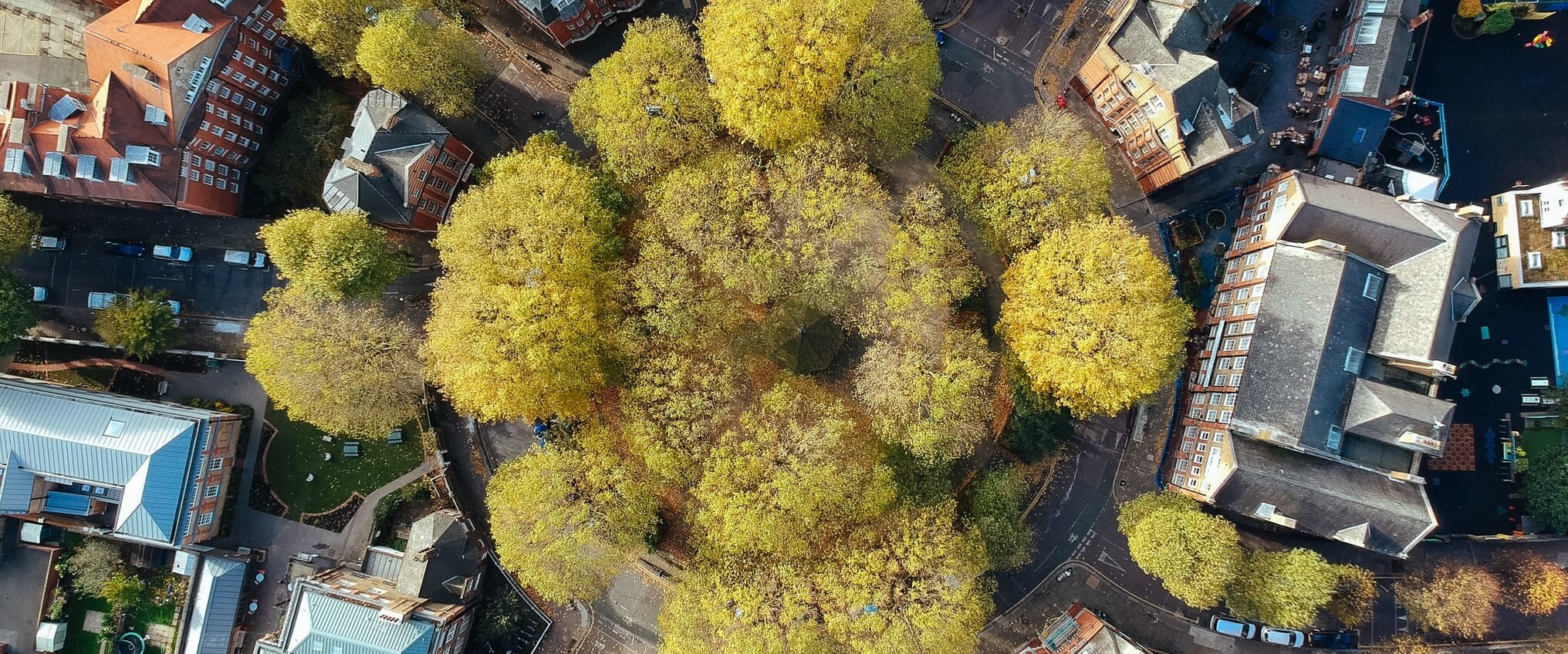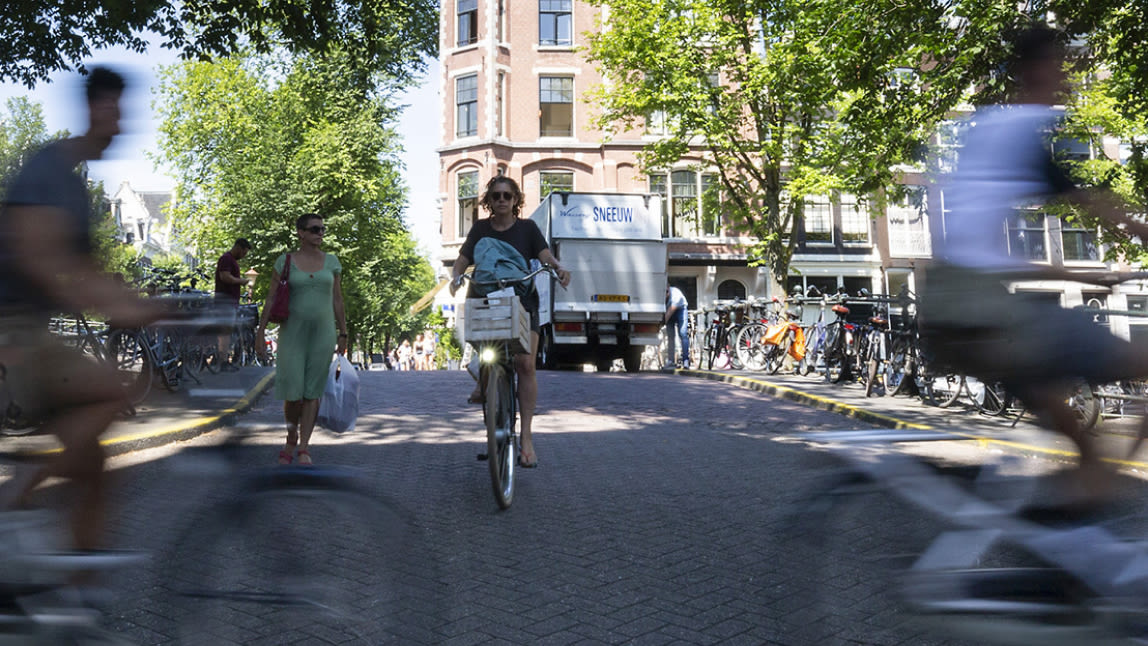The newly published Circular Cities Declaration (CCD) report celebrates the steps cities across Europe are taking to support the transition to a circular economycircular economyA systems solution framework that tackles global challenges like climate change, biodiversity loss, waste, and pollution. It is based on three principles, driven by design: eliminate waste and pollution, circulate products and materials (at their highest value), and regenerate nature.. From repairrepairOperation by which a faulty or broken product or component is returned back to a usable state to fulfil its intended use. cafes in Ghent to a community compostingcompostingMicrobial breakdown of organic matter in the presence of oxygen. initiative in Budapest, to a circular innovation platform in Copenhagen, the report highlights several examples of how European cities are going circular.
Throughout 2022, CCD signatories submitted their key circular economy activities, as well as the challenges they have experienced in implementing them. The Ellen MacArthur Foundation supported ICLEI Europe in analysing these submissions, leading to the development of the CCD report, which represents the widest ever assessment of circular economy practices across European cities. It identifies eight key trends for how circularity is implemented in Europe’s urban areas, as well as the four main barriers hindering a circular economy.
The report’s great emphasis on the role cities play in achieving the circular transition fits the broader aims of the Circular Cities Declaration. It was set up to not only support cities in achieving circularity, but also to highlight the crucial role they have in this process. Cities represent two-thirds of global energy demands and are responsible for 70% of greenhouse gas emissions. At the same time, they manage a number of key sectors with circular potential, are responsible for land use and management and have significant public procurement and investment budgets. As such cities’ adoption of circular economy principles can drive change across nations and sectors.
By the end of 2025, the CCD aims to have 150 signatories. The report shows this is an achievable goal. The circular transition is happening across Europe, in big and small cities alike, and across different sectors. For example:
Torres Vedras (Portugal) is using public procurement to invest in sustainable school meals
Copenhagen (Denmark) is using innovation to find radical new solutions for waste management
Ljubljana (Slovenia) encourages citizens to create their own circular solutions
Helsinki (Finland) enables food redistribution to make local food systems more regenerative.
But despite all the good news, the report does not turn a blind eye to the challenges. Progress towards making cities circular is not as fast as it could be due to a lack of skills, knowledge, and finance. The private sector and national governments must help unlock new opportunities., while cities can use their buying power to drive change among their suppliers. Finally, citizens must be aware of their own crucial role in shaping cultural norms and political expectations – these need to adapt alongside the changes brought in by urban authorities for cities to become truly circular.






